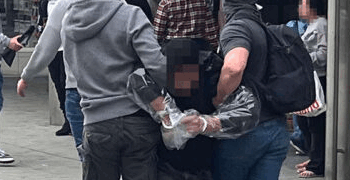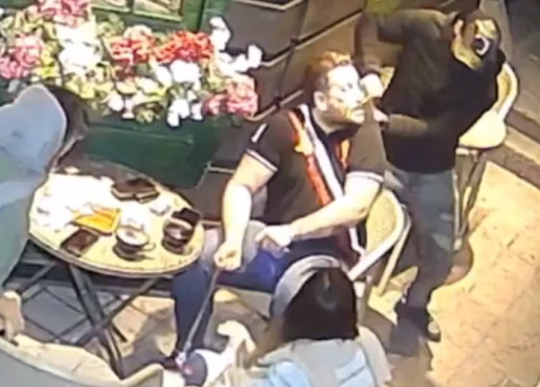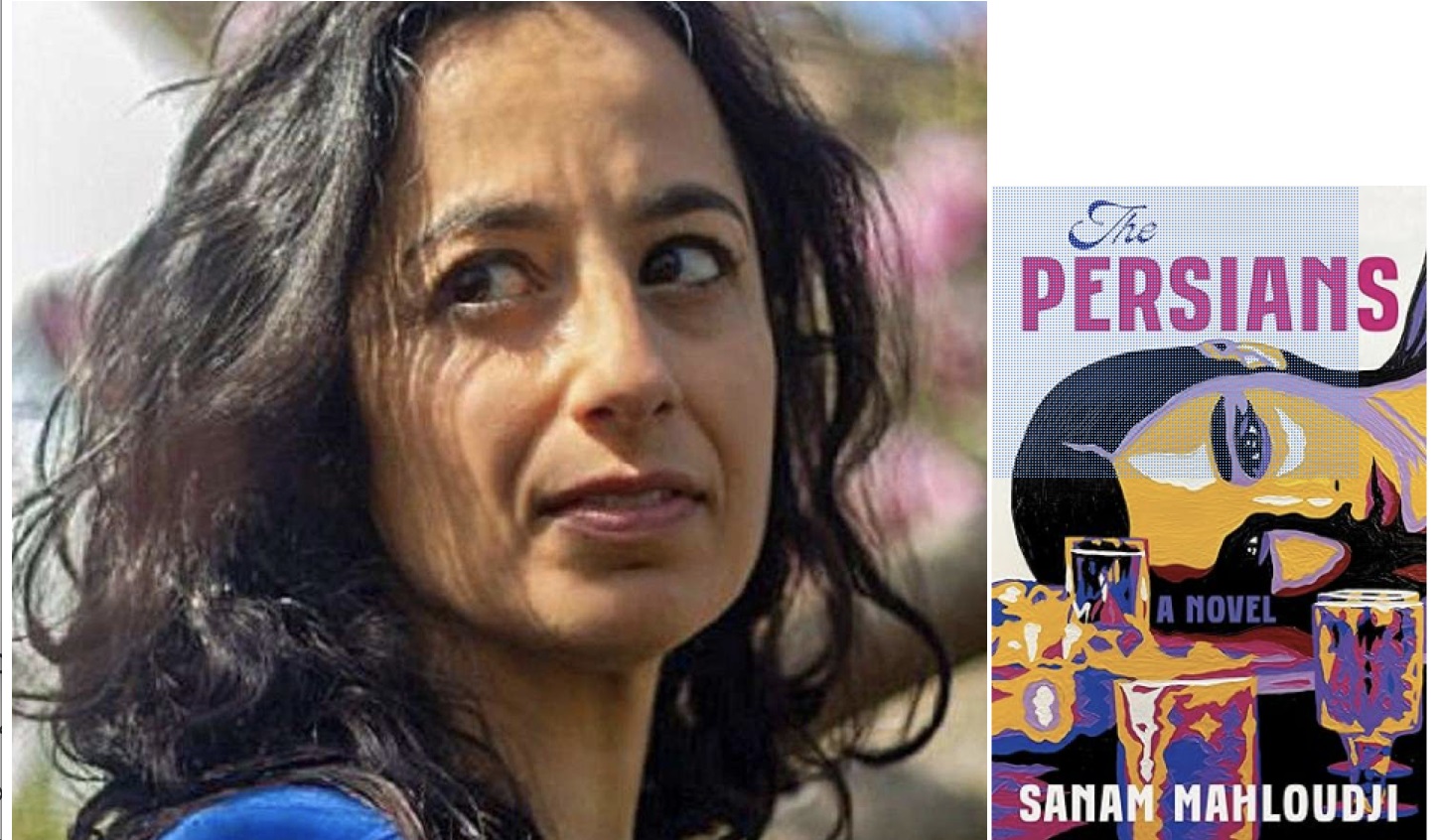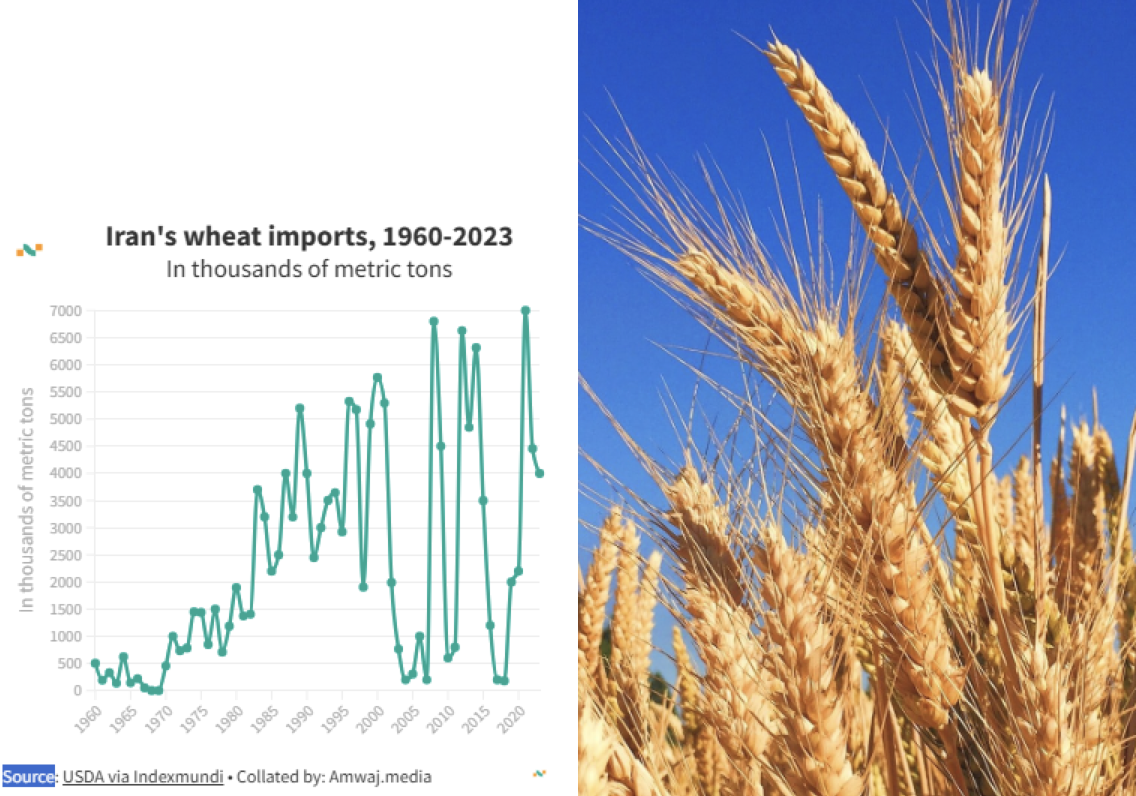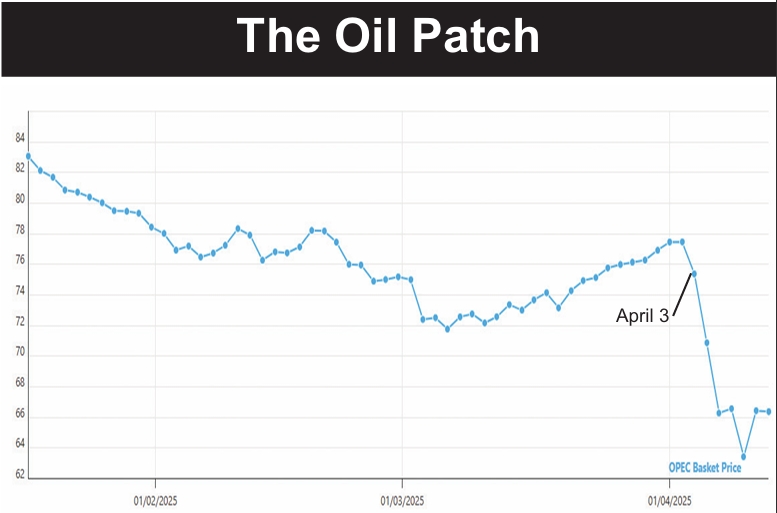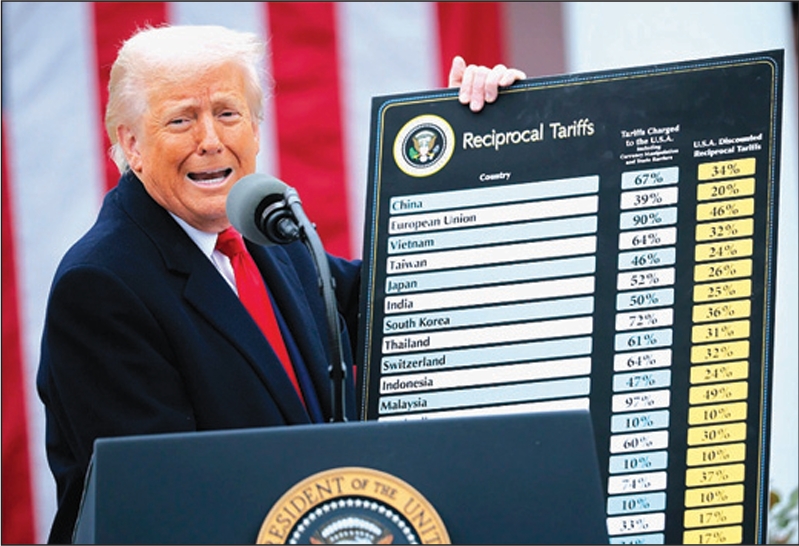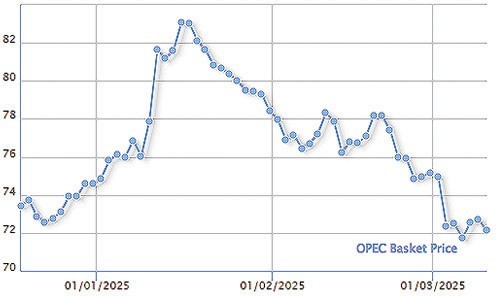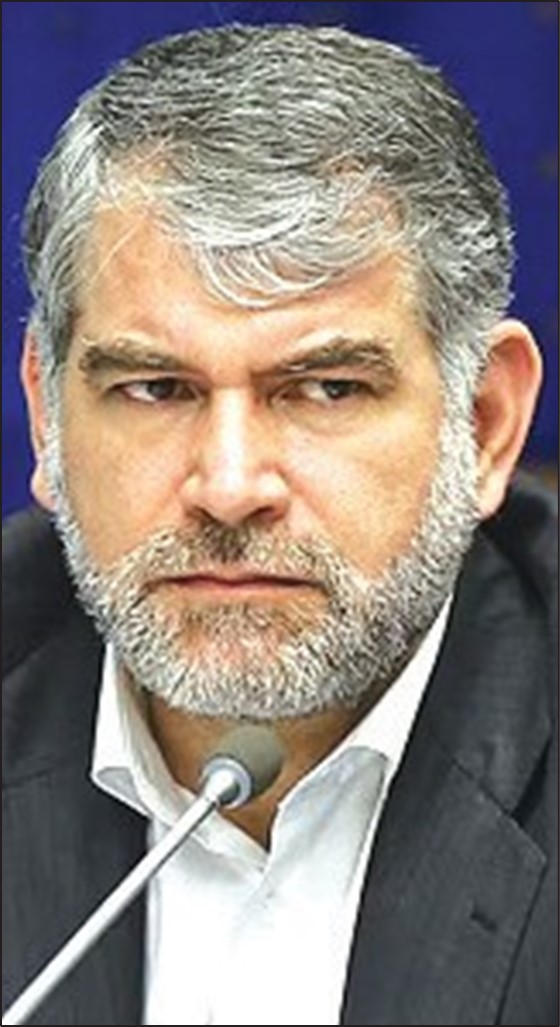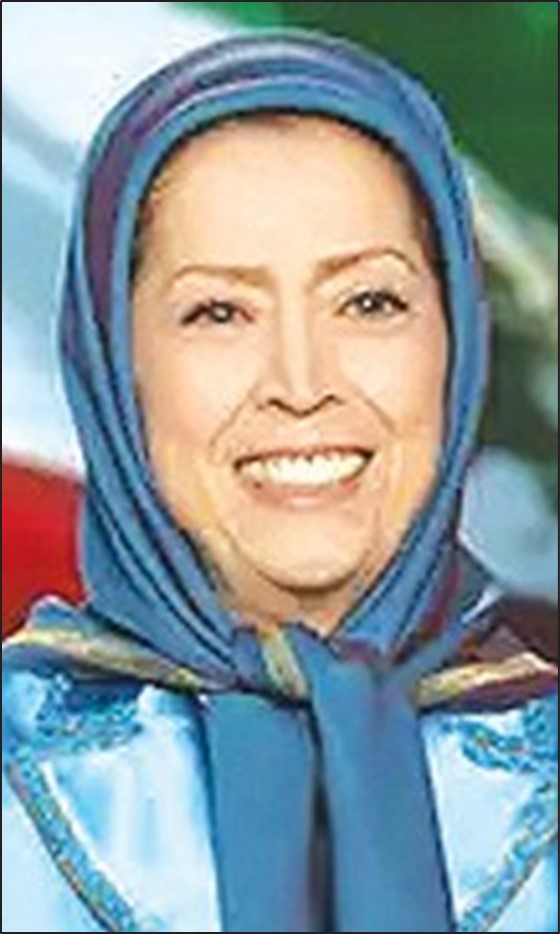“Persian beer” is not exactly a beverage that comes to mind when one thinks of Iranian cuisine, but a US born Iranian-American woman is trying her best to change that.
Zahra Tabatabai’s craft beers are infused with Middle Eastern flavors such as sumac and sour cherry, and packaged in cans featuring poetry in Farsi lettering.

Tabatabai, 42, lives in Brooklyn but takes inspiration from her grandfather who used to make his own beer with ingredients from his garden in Shiraz, before the revolution banned alcoholic drinks in 1979.
More recently, her grandmother, living in the United States, longed to taste her husband’s beer again. So Tabatabai set out to satisfy her yen. During the Covid-19 pandemic, while working as a freelance writer and overseeing the home schooling of her son, who is now 11, she started looking at beer recipes, enrolled in a home-brewing class, and followed YouTube videos about the art of making beer.
“My grandfather died when I was young, but my family always talked about him making beer and making wine,” Tabatabai told The Guardian of Britain.
Her parents left Iran to attend university in Alabama with the intent of returning home— but cometh the revolution. Tabatabai’s parents ultimately settled in Georgia when she was five years old.
Her Persian lager was specifically based on her family’s flavor memories. “I made a few batches of that beer, and they would give me feedback and then I’d go back and change the recipe,” she said.
Tabatabai’s hobby has now exploded into a full-time business. She produced 30,000 cans in just one week recently. “Brewing beer was just something fun you’re doing on the side while you have your other job and you’re raising a kid,” said Tabatabai. “I think we were all surprised that it took off in this way.” Her products are on the menus of select restaurants in the New York area, and she is now focused on securing accounts with larger national retailers.

When Tabatabai incorporated Back Home Beer in 2021, she invested about $7,000, combining her own savings and a $5,000 loan from her brother, who lives in the Washington, DC, area and helps her distribute the beer there. Two graphic designers, DC-based Mina Jafari, as well as an artist who lives in Iran, devised the cans’ Persianesque labels.
Tabatabai partnered with the Flagship Brewery Company, a Staten Island brewery whose staff not only makes her beer but also helped mentor her in the competitive craft beer market. “Those guys at Flagship helped me a lot, giving me the space to brew when a lot of breweries did not even respond to me, and even helping me with paperwork,” said Tabatabai.
She saw a significant bump in business in 2023, when she launched a Kickstarter campaign. Within a month, more than 1,000 backers – all friends and family – had contributed $125,255, the largest sum of money a campaign for a beer company has ever raised, according to her Kickstarter page. With that influx of cash, Tabatabai was able to buy a delivery vehicle. She is now looking for a New York building for a dedicated taproom.
Tabatabai recently signed a contract with a second brewery, SingleCut North, located in Clifton Park, New York, in order to bolster her company’s production. “I could spend millions of dollars to build my own brewery, which a lot of people do,” she said, “but I thought it was important to just get people aware of the brand and what I was doing.”
She is her firm’s only full time employee. “I just have a delivery guy who works one day a week. I have somebody who helps me a few hours a week on social media, and then I have another person who helps me a few hours a week on consulting in terms of beer recipes and things like that.”
Altogether, she now produces six different beers. “Only two of them are available year round. The other ones are seasonal drops.”
She says she is signing up more restaurants in the DC area and is thinking the next market could be the Philadelphia area.
Most states, she says, require that you use a distributor, but some do not. Distributors take 30 percent of sales revenues.
“In New York, you don’t have to use a distributor, and the same is true for Washington, DC. So, in New York, I can put the beer in my car and distribute it myself.”



